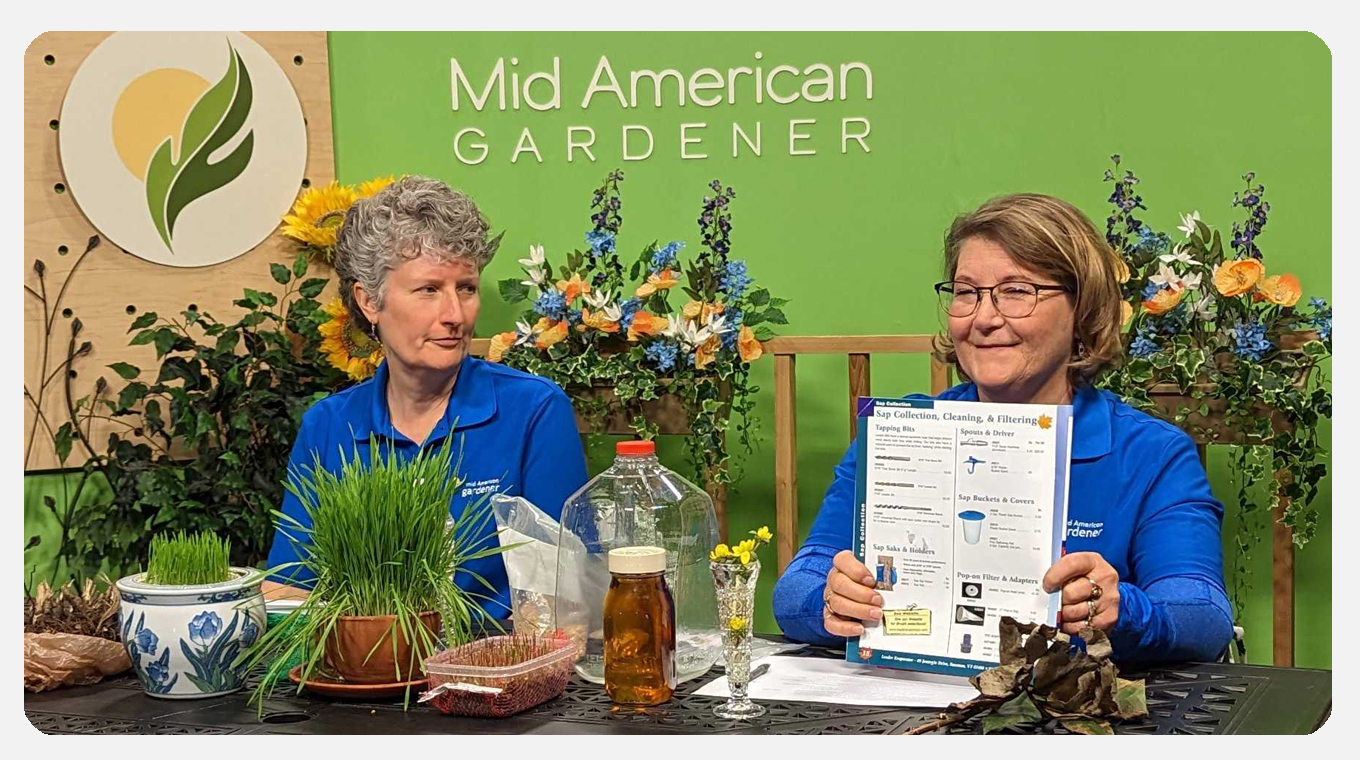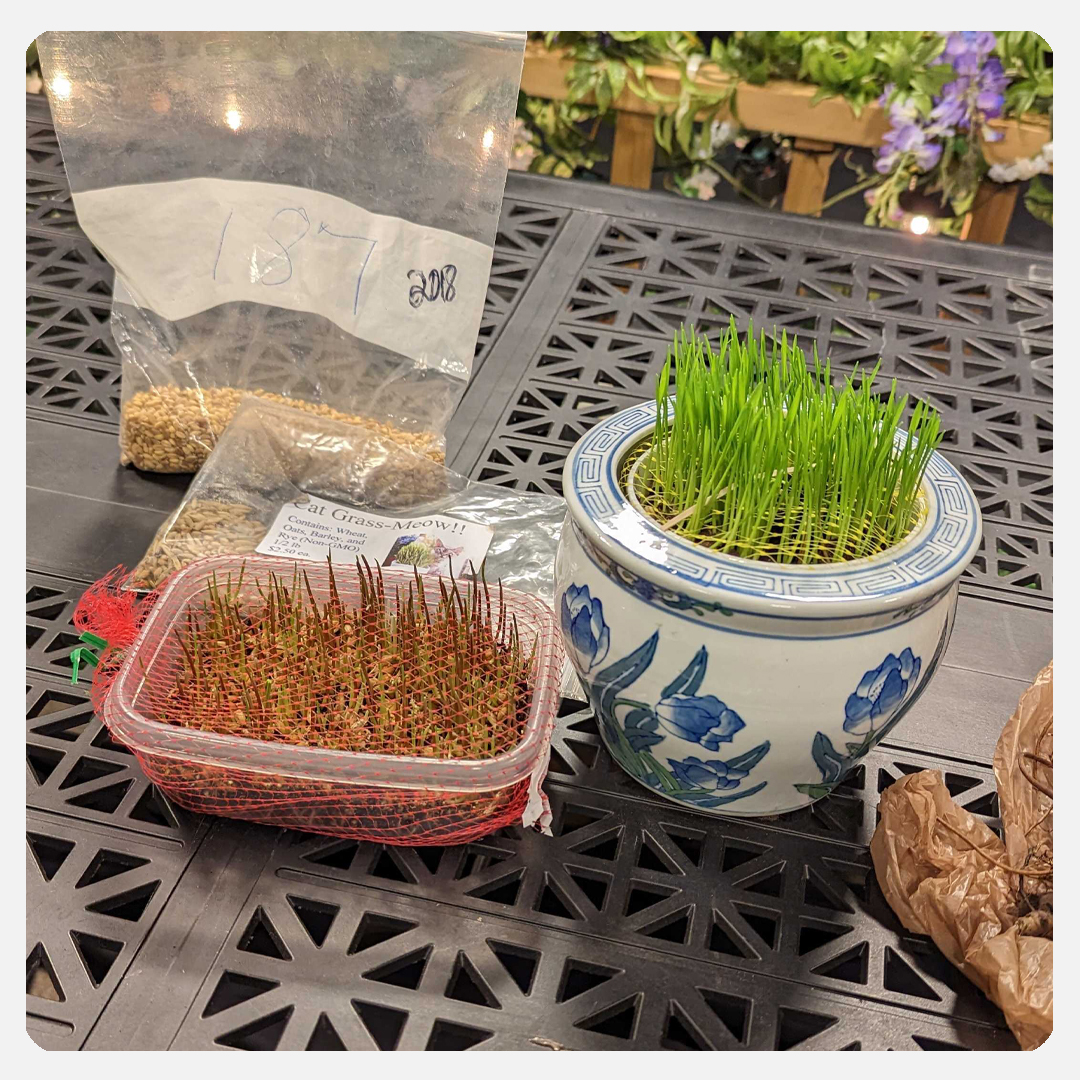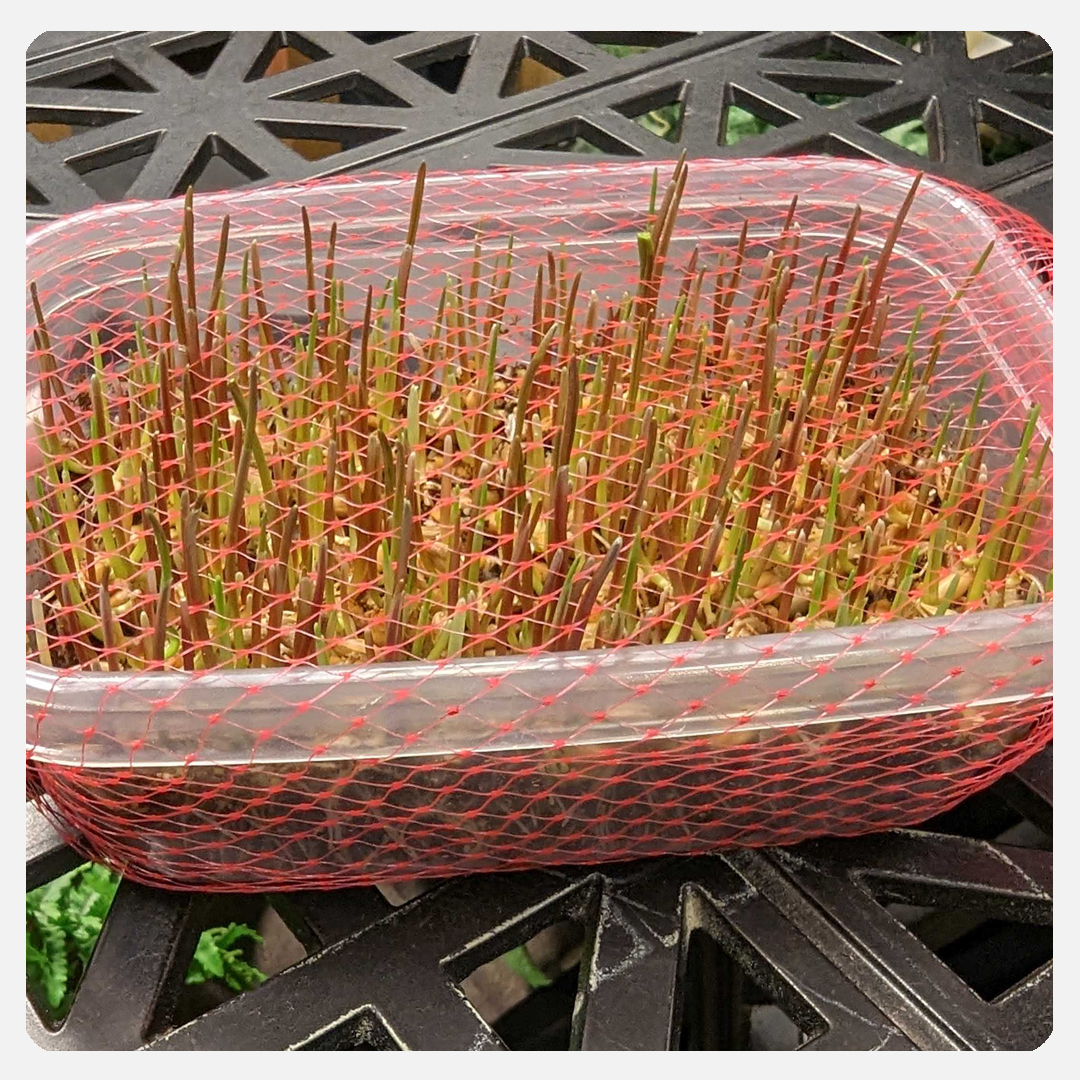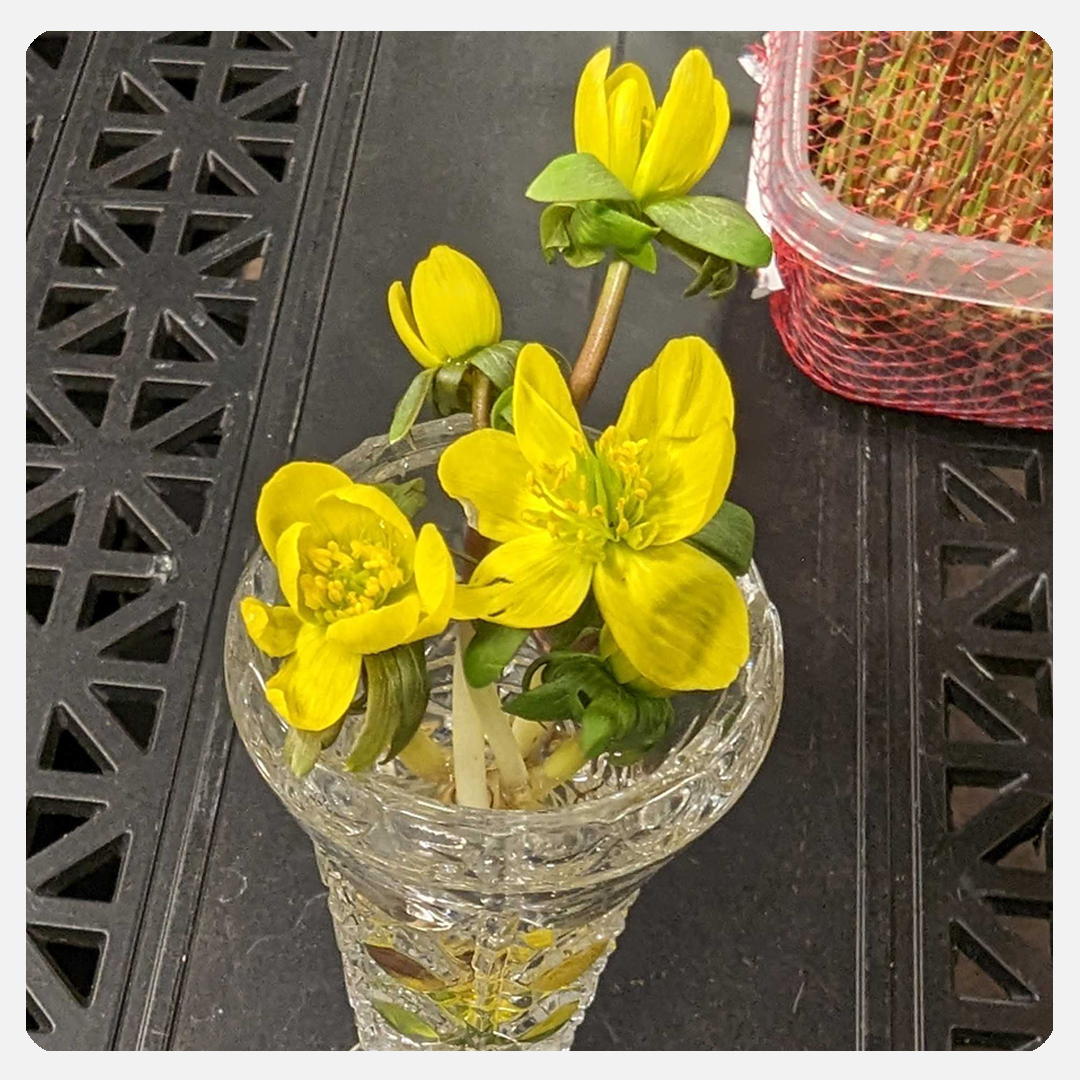How to Make Maple Syrup: Tapping your Sugar Maples and Prepping for Spring
We’re back in the studio this week with Karen and Ella, and they have lots to share to get us excited about spring and show us some easy ways to get a little greenery in our lives, even while it’s still a bit chilly outside.

First though, we had quite a few viewer questions come in. If you need some tips on how to prune your young peach trees, suggestions for easy, beginner vegetables to grow from seed, or need to know what to do with your amaryllis after it blooms, Ella and Karen have you covered.


You might be noticing little pops of color showing up in your yard already. Ella has a beautiful spring bulb that’s already showing its face: winter acainite. It is a type of eranthis, and it dies back in June like tulips. It spreads easily and gives a wonderful pop of color, but just be careful if you have children or pets, as it is quite poisonous.

Karen then gives us suggestions for native plants to include in your garden this year. Two of her “go-to” suggestions are Rudbeckia Henry Eilers and sweet coneflower. Both have long bloom periods and are great additions to your yard and in bouquets. Karen and Ella both also note that now is a good time to transplant your perennials when the soil isn’t too soppy. You also will minimize the stress of the plant since it will be dormant through the end of March.
We also got a refresher from Ella on how to collect sap from maple trees. Both Ella and Tinisha start their collection around Valentine’s Day through mid-March. You can find taps online, but Ella recommends Leader Evaporator, a Vermont company operating since 1888. All you need is a tap, a drill with a bit the same diameter as the tap, a hammer or mallet, and some sort of container for collection. Ella uses milk jugs, and Tinisha uses apple juice containers: more recycling at work! She then boils down the sap in a turkey roaster on her front porch in order to concentrate the syrup. The ratio is 40 to 1, meaning you need 40 gallons of sap to boil down to get 1 gallon of syrup. Ella finishes boiling her sap on the stovetop until it reaches a correct consistency.
When placing your tap in the tree, be sure to tap it in about an inch and a half into the tree on the south side, and you want the day temperatures to be above freezing but the night temperatures to drop back down to create the correct pressure for sap collection.
If you won’t be busy tapping your sugar maples and seed starting is just too much responsibility, try cat grass! Not only does it help your feline friends with their winter shedding, but it gives you a bit of easy, instant gratification when it comes to winter growth. Karen and Ella suggest surrounding the pot in an onion bag to help prevent dirt from falling out, and don’t plant the seed directly in a decorative pot, as there are too many roots. It makes for a beautiful, cheap decorative grass – check the health food stores for the best prices!
And finally, now is the time for limited spring clean up if you’re just itching to get outside. Don’t rake up your leaves yet as your beneficial insects are still hibernating. You can start to cut your ornamental grasses, if you need to see some tidying up in your yard.

As always, if there’s a question you’d like to ask one of our panelists, please send us an email at yourgarden@gmail.com com, or you can find us on Facebook and Instagram.



